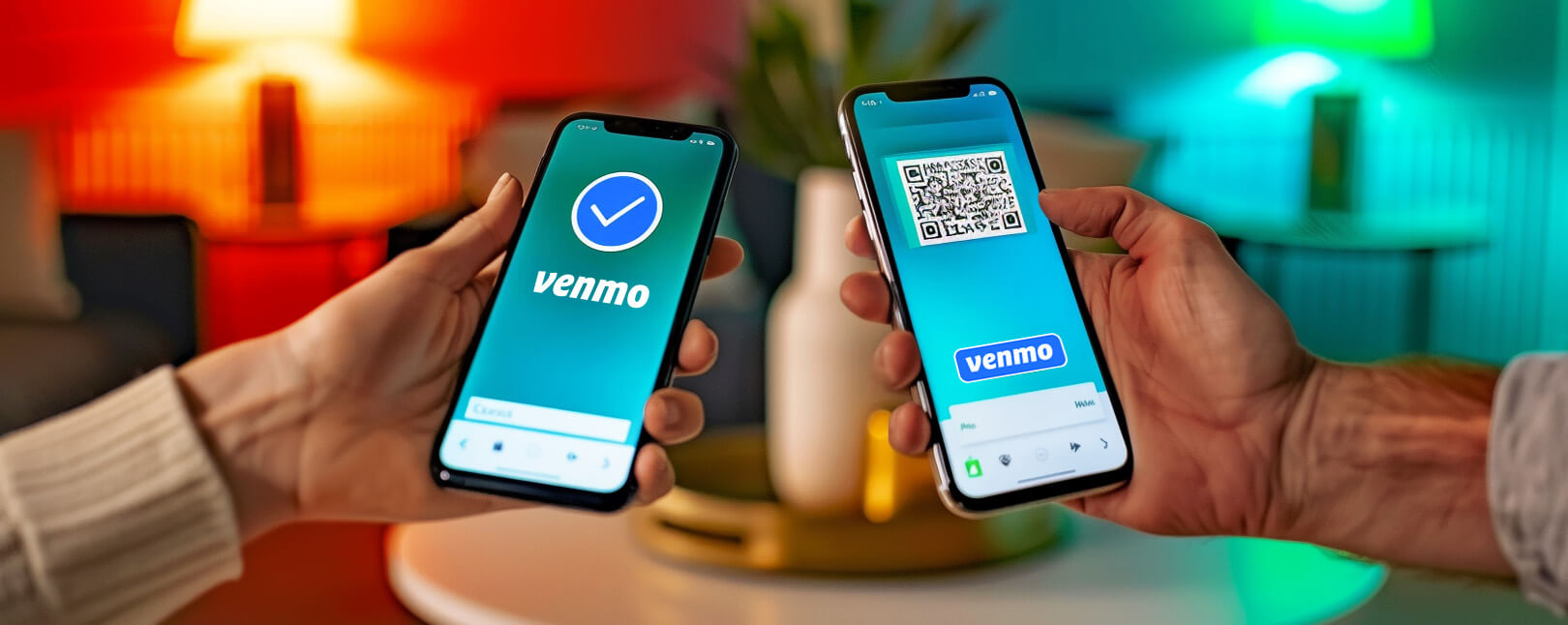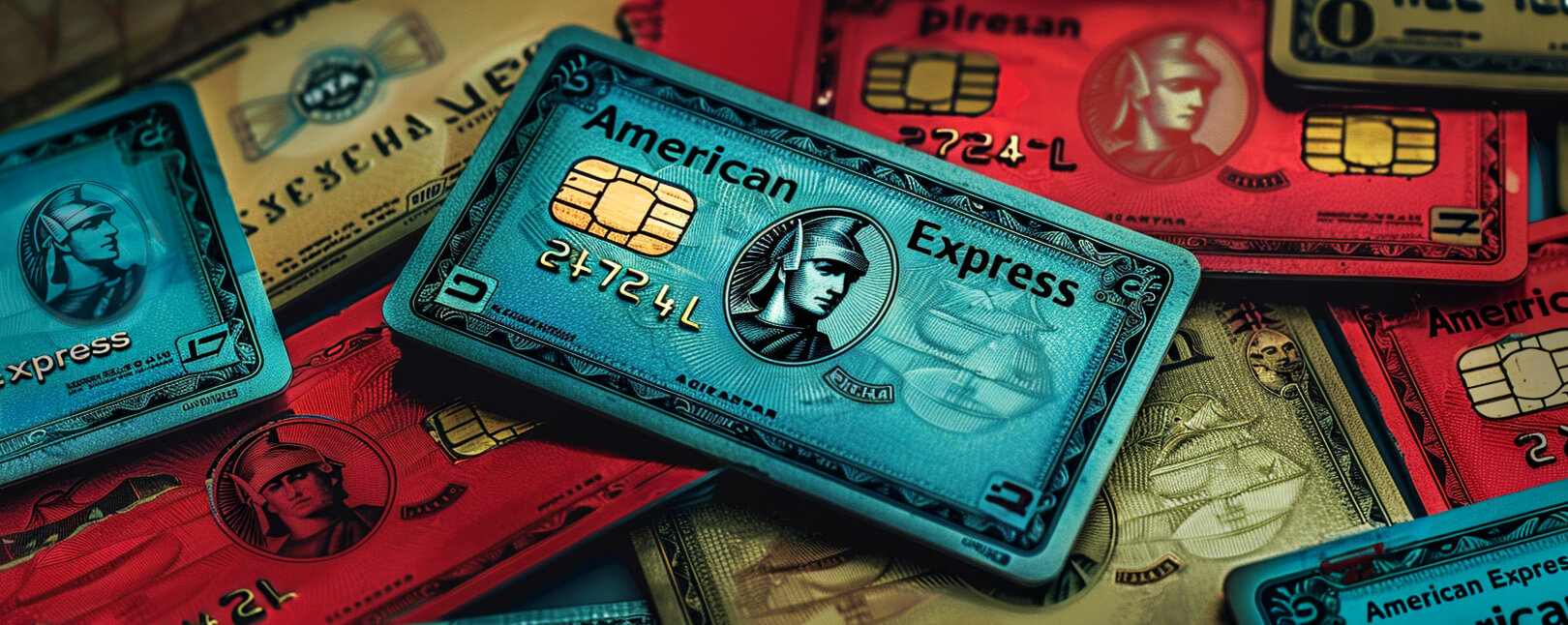The Top 10 Furniture Chargeback Triggers & 10 Ways to Fight Back
Buying furniture has never been easier. Customers can browse, model, fit, and order every stick of furniture in their homes in just a few clicks. Payment for these items has also never been simpler, with free delivery, BNPL, and even subscription options.
However, this enhanced purchasing power often leads to chargebacks.
Furniture chargebacks are a costly side effect of doing business… but do they have to be? Let’s find out.
Recommended reading
- Bank of America Disputes: Here's What You Need to Know
- Venmo Chargebacks: How Do Disputes Work on Venmo?
- Wells Fargo Disputes: Chargeback Rules & Things to Know
- American Express Chargebacks: Rules & Time Limits & More
- Stripe Chargeback Guide: Time Limits & Other Info You Need
- What is a Bank Chargeback? What Makes Them Different?
Furniture Chargebacks: At a Glance
A furniture chargeback happens when a customer seeks a payment reversal from their bank for a furniture purchase, rather than directly contacting the merchant for a refund. Although this is more common with online furniture sales, chargebacks can also be filed against brick-and-mortar retailers.
Here's how the process works: A customer purchases a piece of furniture online. If there's a problem with the transaction— say, the item never arrives, it arrives damaged, it's not as described, or the charge is not recognized— the customer may contact their credit card company or bank to dispute the charge.
Once the dispute is initiated, the bank or credit card company will investigate the claim. If they deem it valid, they'll withdraw the funds from the seller's account and return them to the customer. The seller is also typically charged a fee for this, over and above the cost of the lost sale.
For the seller, chargebacks can be costly and disruptive. Too many chargebacks can harm a business's relationship with credit card companies and banks and could even lead to the closure of their merchant account, which would make it very difficult to conduct business.
Top 10 Furniture Chargeback Triggers
According to Statista, online furniture sales generated around $133 billion dollars in 2021. That same year, sales in this sector accounted for 17% of total retail eCommerce in the country, giving this home improvement category a CAGR of roughly 10%. That tops both the electronics and media retail e-commerce segments.
Although online furniture sales are extremely profitable, many traditional banks refuse to work with furniture retailers online or at a brick-and-mortar store. This is because the industry has been flagged by banks as a high risk for chargebacks and fraud.
The reasons for this vary between individual companies, but generally, furniture chargebacks often result from:
1 | High-Value Transactions
Furniture often involves high-cost transactions. That means buyers may be more likely to experience buyer's remorse and initiate a chargeback, particularly if the furniture doesn't match their expectations.
2 | Product Discrepancies
Furniture is a tangible, visual product. If what arrives doesn't match the online photos or descriptions in terms of color, material, or size, customers may dispute the purchase.
3 | Delivery Issues
Furniture can be cumbersome and difficult to deliver. Customers may initiate a chargeback if items are damaged during shipping or if deliveries are delayed or lost.
4 | Long Delivery Times
Furniture often takes longer to deliver than other products due to its size and logistics involved, during which time a customer might change their mind or find an alternative they prefer, leading to a chargeback on the initial order.
5 | Complex Assembly Required
Some furniture may require assembly upon delivery. If the assembly is too complicated or parts are missing, customers might choose to initiate a chargeback rather than deal with the problem.
6 | Impulse Buying
Furniture can often be an impulse buy, particularly with the ease of online shopping. When the reality of the cost or the product sets in, customers may regret their purchase and initiate a chargeback.
7 | Fraudulent Activity
High-value items like furniture are often targets for fraudulent transactions. Once the fraud is discovered, a chargeback will be initiated.
8 | International Transactions
If the company ships internationally, this can increase the risk of chargebacks due to customs issues, longer delivery times, and more complex return processes. Miscommunication and customer dissatisfaction stemming from cultural and language barriers can also lead to chargebacks.
9 | Quality Expectation
If customers feel the quality of the product doesn't match the price they paid or the description offered, they might initiate a chargeback. Furniture is a significant investment, and customers expect it to last for several years. If it appears flimsy or poorly made, they might feel cheated.
10 | Poor Customer Service
Customers may resort to chargebacks if they have queries or issues and feel they aren't receiving adequate support from the seller. This could include slow response times, unhelpful replies, or a lack of a clear avenue for customer support interaction.
Ultimately, high-sales industries with expensive merchandise tend to always fall in the high-risk category mentioned above. Simply put, there’s a lot that can go wrong between a customer clicking that ‘order now’ button and receiving their items and, similarly, between purchasing a couch off the showroom floor and delivery.
How Do Chargebacks Impact the Furniture Industry?
As we said earlier, furniture chargebacks can deeply disrupt your daily operations. Each dispute translates to revenue loss and increased administrative expenses.
You may be able to challenge the customer’s claim through representment. Even if you win, you will be assessed a chargeback fee and take a hit to your chargeback ratio. This will lead to increased costs and more complications in the future.

These disputes also hurt the industry as a whole. The more disputes that are filed, the more risky the furniture retail sector appears. That leads to higher processing fees, stricter operating limitations, and more.
Furniture chargebacks lead to:
Learn more about chargeback costsOverall, furniture chargebacks have far-reaching impacts. They affect your reputation, customer relationships, operational efficiency, and compliance standing.
10 Ways to Prevent Furniture Chargebacks
You must proactively address chargeback issues. The keys to this are improved communication, enhanced customer satisfaction measures, and effective dispute resolution when necessary.
You need to embrace a customer-centric approach focused on transparency and satisfaction. This proactive approach fosters trust, prevents misunderstandings, and ensures customers make informed decisions about purchases.
To that end, we recommend ten chargeback prevention best practices to decrease your overall chargeback issuances:
1 | Communicate Clearly
Ensure that all terms, requirements, and other crucial information are clearly communicated to customers. Using plain language and avoiding industry jargon that may confuse or mislead customers is crucial. Providing comprehensive documentation and offering opportunities for customers to ask questions can enhance their understanding and reduce the likelihood of chargebacks resulting from a misunderstanding.
2 | Educate Customers
Consumer education is essential. You should offer resources like user-friendly guides, online portals, dedicated customer support, etc., to help customers. Regular communication, reminders, and updates about any changes to service or upcoming renewal dates can also minimize confusion and prevent disputes.
3 | Clarify Billing Practices
Accurate billing practices are critical to prevent billing disputes and chargebacks. You should ensure that invoices and statements are error-free, clearly indicating the services provided, associated costs, and any adjustments or refunds. Billing transparency and easy-to-understand itemization can help customers recognize and validate charges, reducing the chances of chargebacks.
4 | Provide Training
Conducting comprehensive training for sales representatives who engage with customers is crucial. This training should emphasize accurate representation of terms and ensure that sales agents thoroughly understand the products and can effectively communicate them to potential customers.
5 | Prioritize Customers
Maintaining strong customer service is vital for addressing customer concerns and resolving issues promptly. By offering accessible channels of communication, such as phone, email, or live chat, you can proactively assist customers, clarify uncertainties, and address complaints before they escalate to chargebacks. Timely and empathetic customer support can go a long way in preventing disputes.
6 | Ensure Compliance
Staying up-to-date with industry regulations and adhering to best practices for data security and privacy can minimize potential compliance issues. Complying with regulatory requirements can reduce the risk of penalties, legal disputes, and subsequent chargebacks.
7 | Automate Reminders
Using automated payment reminders can help customers stay informed about upcoming due dates and avoid missed payments. Sending timely notifications through email, text messages, or mobile apps can prevent accidental lapses in service.
8 | Improve Documentation
You should ensure that any policy documentation is comprehensive, easily accessible, and written in customer-friendly language. Clear and detailed terms, service limitations, exclusions, and procedures can minimize misunderstandings and disputes.
9 | Enhance Verification
Implementing thorough verification processes during a transaction can help confirm your customers’ identities, intentions, and understanding of the service. This can include additional authentication measures or validation checks to mitigate instances of fraudulent or unauthorized transactions.
10 | Seek Feedback
Regularly seeking customer feedback through surveys, satisfaction ratings, or online reviews can provide valuable insights into which improvement may be necessary. Addressing customer concerns promptly can help prevent frustrations from escalating into chargebacks and demonstrate a commitment to customer satisfaction.
Learn more about chargeback preventionChargebacks Require a Better Solution
Any combination of the best practices outlined above can help you create a solid framework to minimize chargebacks. It will also help enhance customer satisfaction and ensure a smooth and secure experience for customers in the process.
All that said, a piecemeal strategy won’t be effective. True fraud prevention and risk mitigation require a more comprehensive approach. Fortunately, we can help.
Chargebacks911® offers a true end-to-end technology platform that prevents more disputes, wins more reversals, and maximizes your ROI. Contact us today for more information on how to improve customer service to prevent chargebacks.
FAQs
Do I have to pay back chargebacks?
The need to repay a chargeback typically falls on the merchant, not the customer. If a chargeback claim is approved by the issuing bank, funds that were initially credited to the merchant for the transaction are withdrawn from the merchant's bank account and returned to the customer.
If you're the merchant, once you receive a chargeback notice, you'll have the opportunity to respond and provide evidence to refute the customer's claim. The process varies slightly by payment processor and bank, but it generally involves providing proof that the product or service was delivered as promised.
Can you get in trouble for a chargeback?
Yes, consumers can get into trouble for misusing the chargeback process. While chargebacks are intended to provide consumers with protection against unauthorized transactions, unsatisfactory goods or services, or merchant errors, they are not meant to be used irresponsibly or fraudulently.
Why do merchants hate chargebacks?
Merchants dislike chargebacks primarily because they lead to a loss of revenue, as the disputed transaction amount is withdrawn from their account and returned to the customer. In addition, chargebacks also involve time-consuming administrative processes and potentially hefty fees, irrespective of whether the merchant is able to dispute the chargeback successfully or not.
Are chargebacks illegal?
No, chargebacks themselves are not illegal. They are a consumer protection mechanism put in place by credit card companies to safeguard against fraudulent transactions, unsatisfactory goods or services, or merchant errors. However, it is considered illegal if a consumer abuses the chargeback process, such as by initiating a chargeback after knowingly and willingly making a purchase, intending to get the item for free - a practice known as "friendly fraud" or "chargeback fraud."













